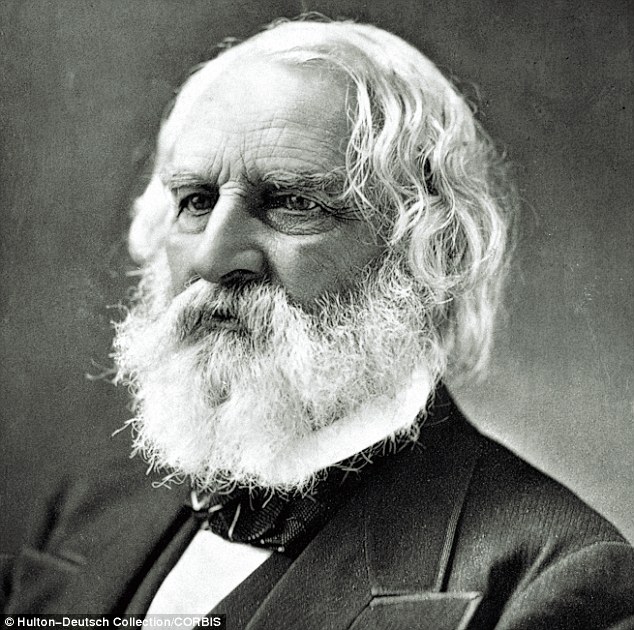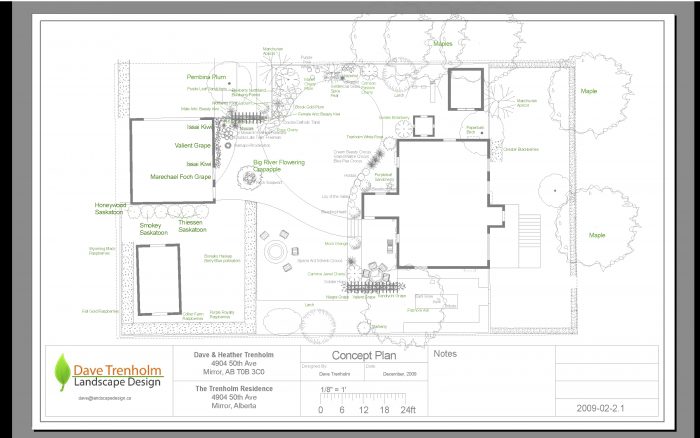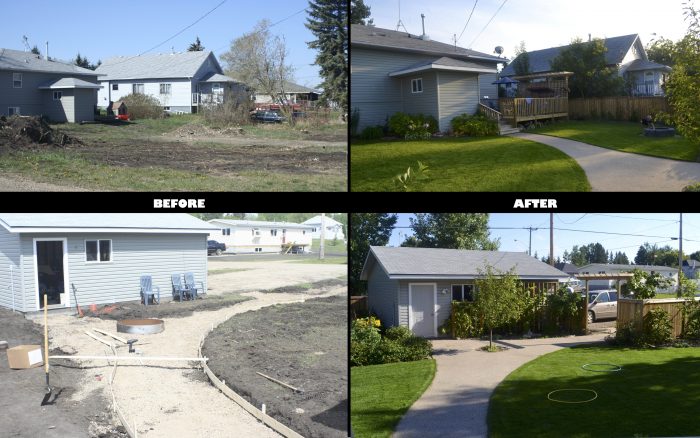We’ve been preaching through the season of Advent – remembering the first (and looking forward to the second) coming of Jesus. These Advent candles remind us of the many gifts we have (and the gifts we look forward to) because of Jesus’ coming. We started two weeks ago with God’s gift of hope – last week was a reminder of the gift of peace – and this week, of course, we want to look at God’s gift of joy.
This gift of joy is made possible only because of Jesus’ arrival into the world as a little baby. We read at our Christmas Celebration on Friday in Luke chapter 2 of how, on the night of Jesus’ birth, angels appeared to the shepherds outside of Bethlehem and announced to them this good news that would bring great joy to all people. Let me read for you in Luke 2 – starting at verse 8.
8 That night there were shepherds staying in the fields nearby, guarding their flocks of sheep. 9 Suddenly, an angel of the Lord appeared among them, and the radiance of the Lord’s glory surrounded them. They were terrified, 10 but the angel reassured them. “Don’t be afraid!” he said. “I bring you good news that will bring great joy to all people.11 The Savior—yes, the Messiah, the Lord—has been born today in Bethlehem, the city of David! 12 And you will recognize him by this sign: You will find a baby wrapped snugly in strips of cloth, lying in a manger.” Luke 2:8-12
This little baby boy, born in the Bethlehem some 2000 years ago would be the source of joy to the world – even for us here in Penhold in 2017.
And I know this probably isn’t necessarily ‘new’ news for you this morning. Chances are, you many of you have heard this good news before. Especially if you’ve been here for the past two weeks.
One of the concerns that I had when we decided to do these Advent messages was that hope, peace, and joy are so intertwined with each other that I feared I’d be preaching the same message every week – just using a different word.
- I could talk about how Jesus gives us hope because our sins are forgiven and he has promised to return and make all things right.
- I could talk about how Jesus gives us peace because our sins are forgiven and He has promised to return and make all things right.
- And I could talk about how Jesus gives us joy because our sins are forgiven and He has promised to return and make all things right.
And of course, that would all be very true! Christmas really is a ‘buy one, get two free’ kind of a deal. Hope, peace, and joy are all part of the same package. They are all made possible by Jesus coming to earth, being born as a baby in a manger – living and then dying on the cross and being raised back to life again.
But even though they are all so closely related, I do want to talk a little bit today specifically about joy. As I was studying up on the topic of joy this week – I found that even defining ‘joy’ could be a little tricky. There was no one clear definition of joy.
- Some would say that joy is another word for happiness. Others would say that joy is certainly not the same thing as happiness.
- Some would say that joy is a feeling or an emotion. Others would say, no. No it’s not.
- Some would say we can choose to be joyful – that is it an act of our will – but others see joyfulness a natural by-product of something else.
There are lots of different ways to define joy – I think there can be good arguments made for all of those different ways.
So how do we understand joy? What exactly did the angels mean when they said that this good news would bring great joy to all people? How does this good news help you and I experience joy today?
Regardless of how we define it, joy sure sounds like a good thing – so how do we get it? I guess that’s really our bottom line – how do we experience joy in our lives today?
Leave a Comment


